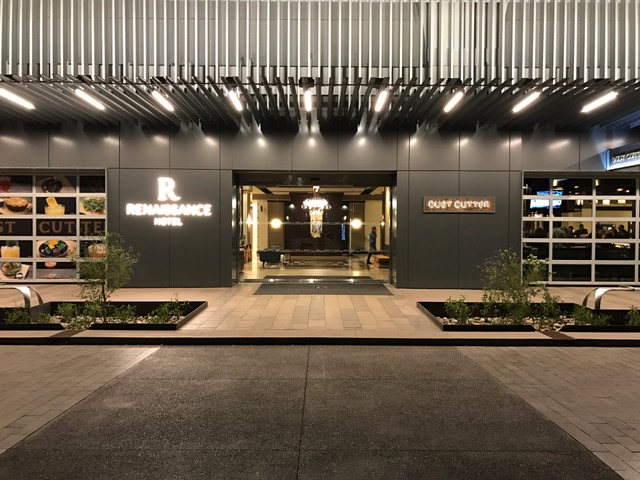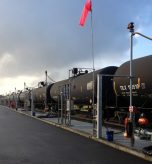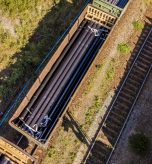Introduction
A major port authority sought to evaluate the feasibility of establishing an intermodal rail terminal in their region to enhance transportation options and economic development. Given current market conditions, rail carrier relationships, and local infrastructure, the client needed a comprehensive analysis to determine if a private intermodal terminal could succeed. Our firm was engaged to assess existing freight flows, interview stakeholders, analyze competitive economics, and develop actionable recommendations. Our study required a deep understanding of rail operations, intermodal economics, and supply chain dynamics to determine if the proposed terminal could generate sufficient volume and deliver economic benefits to potential users while addressing significant infrastructure, operations, and market development hurdles.
At A Glance
Our team of market experts delivered a comprehensive intermodal feasibility assessment that balanced market realities with development potential, providing our client with a clear-eyed path forward.
- Requirements
Analyze current freight flows and potential market demand for intermodal service - Assess infrastructure requirements and operational considerations with Class I railroads
- Develop economic models comparing terminal viability against competing alternatives
Our team’s deep supply chain expertise enabled rigorous analysis of transportation networks, stakeholder needs, and economic factors, delivering actionable insights and strategic recommendations to guide our client’s infrastructure investment decisions.
The Challenge
Our client faced multiple complex challenges in establishing a viable intermodal terminal. Market analysis revealed insufficient existing freight volumes to sustain the service level required by Class I railroads, which typically demand full train service (approximately 110 well cars) rather than partial blocks. The target location was surrounded by four established intermodal hubs within reasonable drayage distance, creating significant competitive pressure. Most concerning, data showed that intermodal-susceptible freight volumes in the region had declined by 7% over four years while neighboring regions experienced growth.
Further complicating matters, the preferred Class I railroad partner maintained a stringent operating strategy requiring substantial volume commitments. The client would need to develop local drayage capacity and chassis infrastructure, overcome challenges in equipment repositioning, and identify reliable export commodities to balance freight flows. Additionally, the proposed terminal would compete against established regional distribution networks oriented around existing hubs, requiring significant business development effort to shift existing supply chain patterns.
PraxiChain Solution
Our team of industry veterans conducted a comprehensive analysis and delivered strategic recommendations:
- Performed detailed freight flow analysis using government transportation data to identify realistic conversion targets
- Interviewed key stakeholders, including rail carriers, drayage companies, shippers, and third-party logistics providers
- Conducted agricultural export opportunity assessment to develop potential matchback solutions
- Created competitive economic models comparing door-to-door costs with existing alternatives
- Assessed terminal design requirements and identified operational constraints
- Developed a phased implementation strategy focused on securing a “capstone customer”
- Produced specific recommendations for rail carrier engagement and partnership development
- Outlined incentive structures to develop local drayage and chassis capacity
Results
The analysis revealed that while establishing an intermodal terminal presented significant challenges, it remained viable with the right approach. Our study determined that the terminal could provide economic benefits versus alternatives if implemented strategically with focused cost control and long-term commitments from key stakeholders.
We provided an 11-point implementation checklist prioritizing three critical actions: securing competitive switch and lift rates from the terminal operator, obtaining Class I railroad support for smaller freight blocks with regular service frequency, and identifying a capstone import customer to provide baseline volume. Additionally, we recommended developing agricultural matchback solutions to improve equipment utilization and reduce overall transportation costs.
The client gained crucial insights into market dynamics and clear parameters for success, allowing them to make informed investment decisions. Rather than proceeding with a high-risk, full-scale implementation, our recommendation for a phased approach with strategic stakeholder engagement provided a more prudent path forward. The client is now pursuing partnerships with potential anchor customers and engaging in structured discussions with Class I railroads to establish service parameters supporting terminal development.















